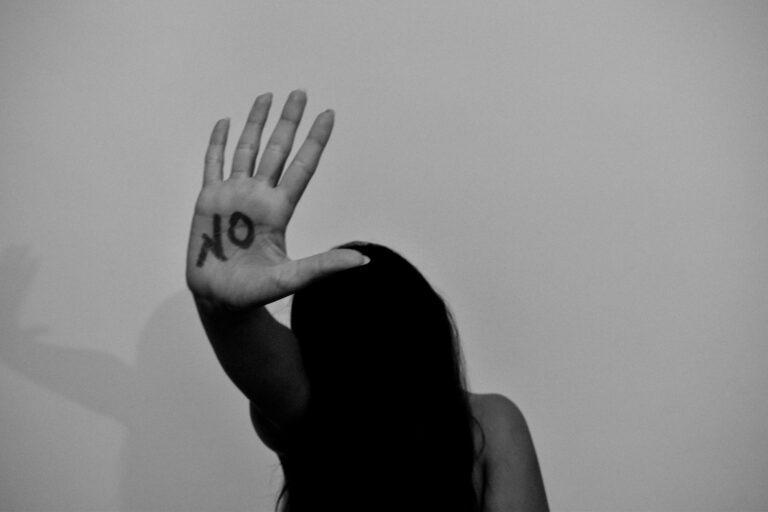Benvenuto sul mio sito
Female genital mutilation
Female Genital Mutilation (FGM) involves the cutting or partial or total removal of the external female genitalia, or, in some cases, the excision of the clitoris. Worldwide, the number of women living with FGM exceeds one million. The World Health Organization (WHO) estimates that in 2023, 4.4 million girls are at risk of FGM. According to recent estimates by the UNFPA, the numbers are expected to rise to 4.6 million by 2030, with increasing figures due to ongoing conflicts, rising poverty, and lack of adequate education. Countries with the highest rates of this practice are predominantly African, with nearly 90% of the population affected, but it also occurs in Asia, Europe, Australia, Canada, and the United States; in the West, FGM is practiced among immigrants, with incidents occurring illegally and thus difficult to statistically account for.
The average age at which FGM is performed is between 4 and 14 years, although there are instances involving younger girls. Girls undergoing this procedure often experience hemorrhagic or neurological shock, not to mention infections that are common. There are also severe long-term consequences, such as excessive scar tissue formation, infections, and chronic urinary tract obstructions, severe menstrual pain, and increased vulnerability to diseases like HIV/AIDS. Another serious consequence is the high mortality rate during childbirth.
To fully understand why this practice is still prevalent, one must be aware of the cultural and anthropological context from which it originates.
This practice is rooted in gender and class inequalities. In most monitored countries, it has been observed that FGM is confined to specific social groups, mainly in rural areas with extremely low education levels; conversely, in some regions where these practices are widespread, a girl’s education level or family education has a relatively minor influence on the likehood of undergoing FMG. The fear of being rejected by the community and the risk of being marginalized is high for those who do not undergo this tradition. Societies practicing FGM often view the procedure as necessary for a girl’s transition to adulthood, including control over her sexuality. It is believed that this practice maintains sexual purity through virginity before marriage, reducing sexual desire and thus promoting marital fidelity. In some cases, such as among certain tribes in sub-Saharan Africa, FGM is considered a rite of passage from childhood to adulthood, preparing girls for motherhood; in other countries, like Ethiopia, Sudan, and many neighboring countries, it is believed that removal or alteration of the genital organs reduces the risk of infections and unpleasant odors.
Despite the existence of precursor documents such as the African Charter on the Rights and Welfare of the Child – adopted in 1990 and in force since 1999 – and the Maputo Protocol – also adopted by the African Charter in 2003 – which explicitly condemn in Article 5 all traditional practices harmful to the physical and mental integrity of women, FGM is still too often underestimated.
In 2003, at the Cairo Conference, governments and international and national organizations began urging states to commit to promoting appropriate legislative measures for investment in cultural education and information, highlighting how these practices violate women’s dignity and fundamental rights recognized by international treaties. In 2008, the World Health Assembly, along with nine other UN partners, published a new report advocating for the abandonment of FGM and approved resolution WHA61.16, reiterating the need for multi-faceted action: health, education, finance, justice, and women’s affairs. In 2010, global health guidelines on the prevention and treatment of FGM were published for healthcare providers, implementing local resources and dedicating February 6 to the International Day of Zero Tolerance for FGM.




